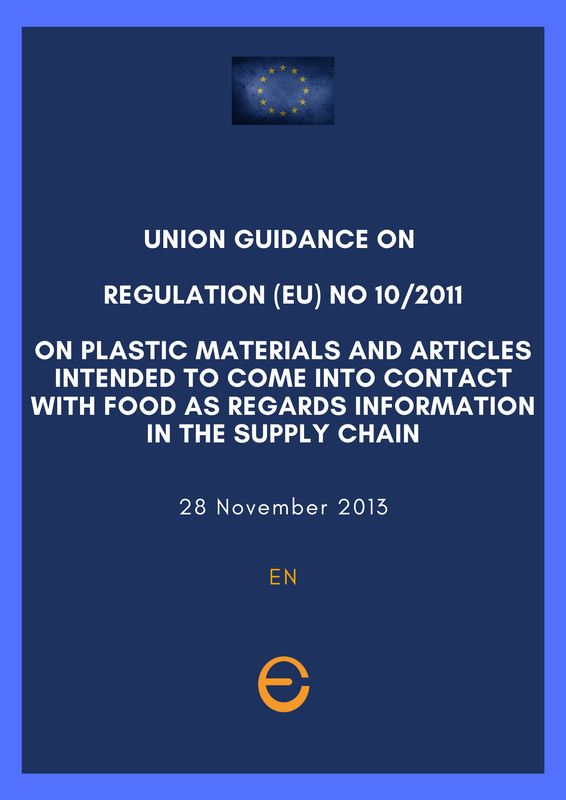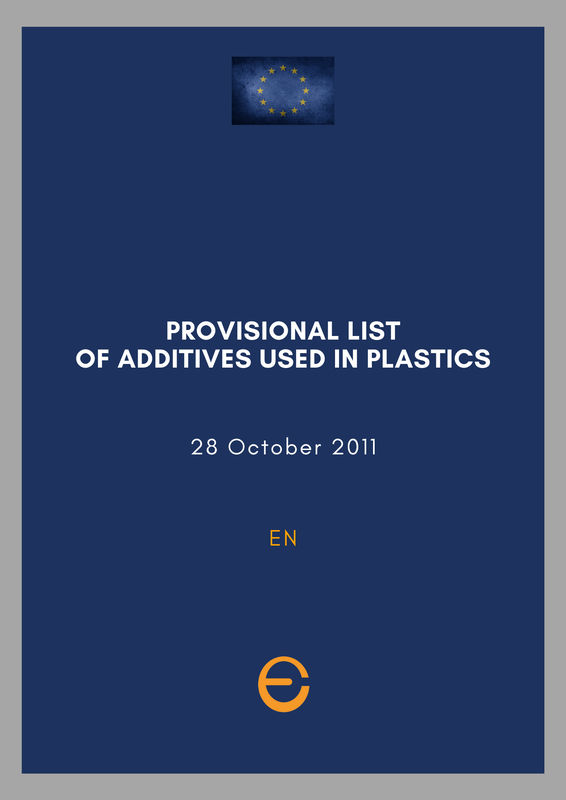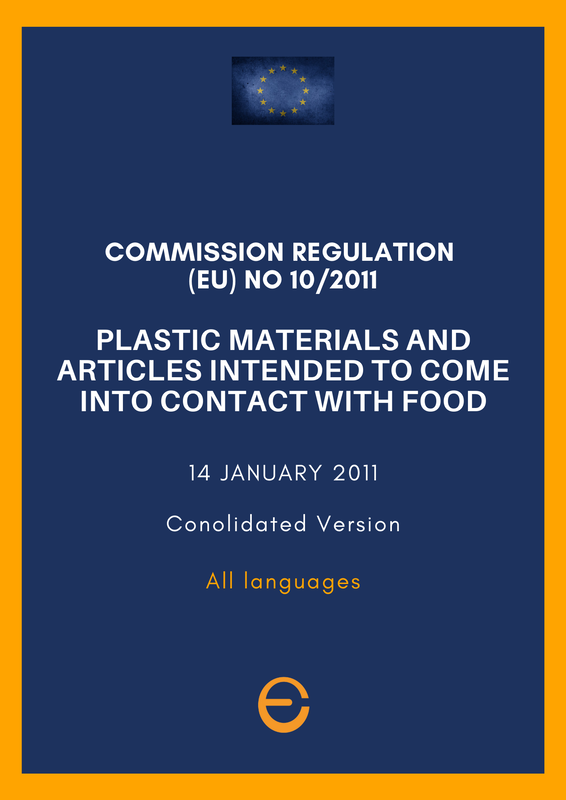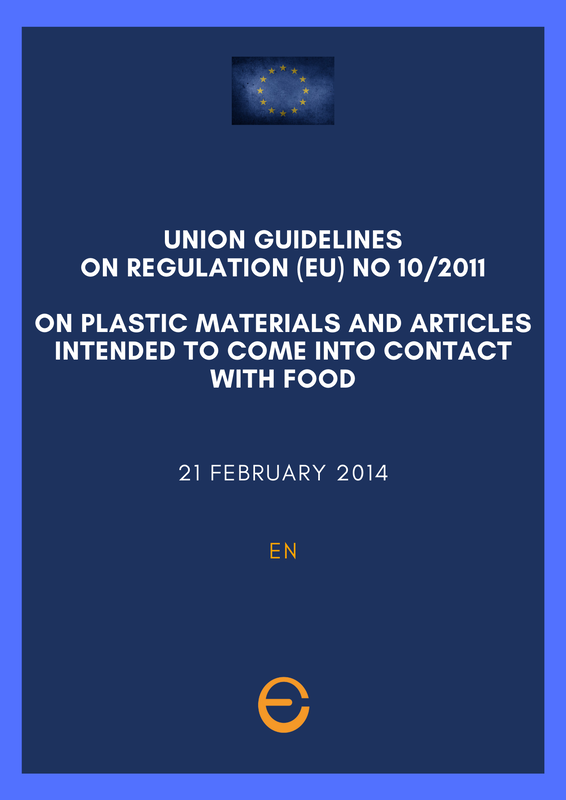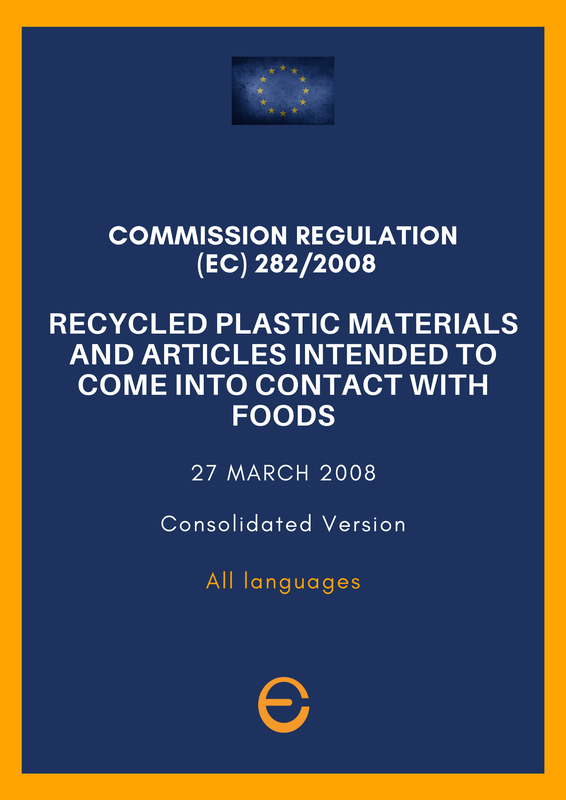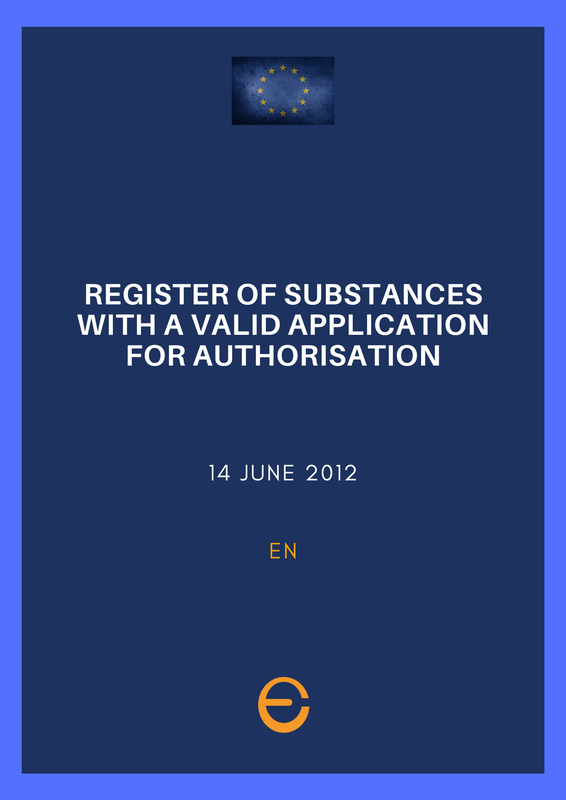EU legislation on Food Contacts with specific materials
Plastic Materials
|
The most comprehensive specific EU measure is Commission Regulation (EU) No 10/2011 on plastic materials and articles.
It sets out rules on the composition of plastic FCMs, and establishes a Union List of substances that are permitted for use in the manufacture of plastic FCMs. The Regulation also specifies restrictions on the use of these substances and sets out rules to determine the compliance of plastic materials and articles. On the side, we offer you a link to the last emended version of this Regulation. If you need a relation between the present Regulation and former legislative act, and read the earlier Directives. The criterion used by the EU to ensure the safety of plastics in contact with food is the introduction of migration limits (SML), which specify the maximum amount of substances allowed to migrate into food. These are established by EFSA on the basis of the toxicity data of each specific substance.
To ensure the overall quality of plastics, the overall migration of all substances in a food cannot exceed the global migration limit (OML) of 60 mg / kg of food or 10 mg / dm2 of the contact material. To ensure the safety, quality and compliance of plastics, adequate data on the composition of the (intermediates) materials must be communicated through the production chain, up to the retail stage, but excluded. To this end, a "Declaration of Conformity" (DoC) must be provided. The DoC is based on supporting documentation that documents reasoning about the safety of a plastic material in contact with food and which must be provided to law enforcement authorities upon their request. The supporting documentation also provides an important link to the manufacturer's liability under the GMPs (Commission Regulation (EC) No. 2023/2006. |
Active and Intelligent Materials
|
Active and intelligent materials extend the shelf-life by maintaining or improving the condition of packaged food, by releasing or absorbing substances to or from the food or its surrounding environment. As a result they are exempted from the general inertness rule in Regulation (EC) No 1935/2004. The specific rules in Commission Regulation (EC) No 450/2009 apply to address their specific purpose, e.g.:
Active materials do not include systems that absorb substances entering from the atmosphere, such as active oxygen barriers. Commission Regulation (EC) No 450/2009 foresees the establishment of a Union list of substances permitted for the manufacture of active and intelligent materials.
|

